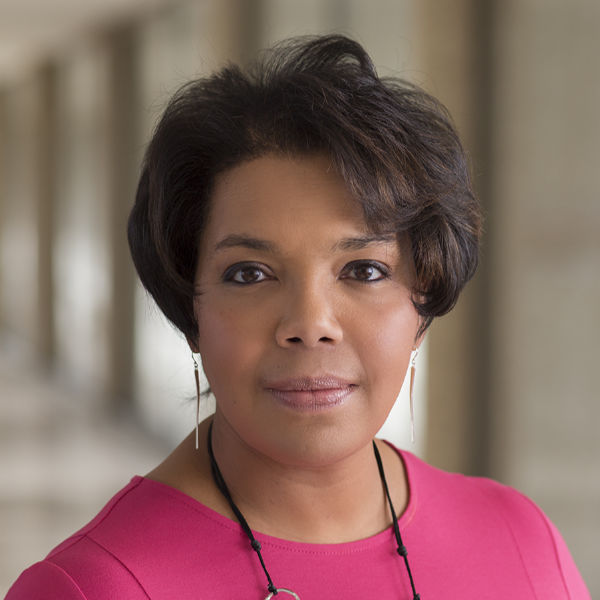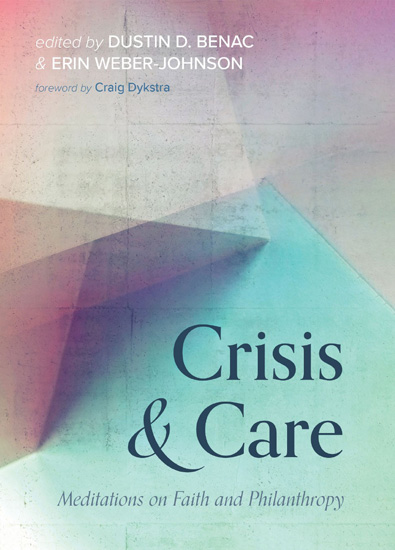It actually should come as no surprise [that] congregations rooted in generosity before the pandemic continued to be generous in the midst of the pandemic, even with the loss of in-person worship. For six consecutive months I witnessed untold stories of generous acts, often empowering community members and lay leaders to act in courageous ways. These quiet, behind-the-scenes efforts rarely garner media attention or generous praise. I can remember scrolling social media posts and noting that Alfred Street Baptist Church (ASBC) made a donation of $15,000 to Black Benefactors, an innovative giving circle dedicated to enhancing the well-being of Black children, youth, and families by encouraging philanthropy, community service, and advocacy in the Washington, DC, metropolitan area. One act of innovation was captured, giving to givers.
Whenever we encounter active congregational giving, we must know that demands of mortgages, staff salaries, existing ministry, and congregant needs persist. Thus, external generosity in this way is an intentional, courageous choice. Not every congregation or donor has this capacity. For every courageous act of giving, there are deep needs in our community, and financial gulfs within our denominational brothers and sisters struggling to survive. This season asks each of us to examine our own legacy and choices during these difficult times. There are endowment-rich communities that surround us, that are resource rich, while being mission, vision and empathy poor.
There are endowment-rich communities that surround us, that are resource rich, while being mission, vision and empathy poor.
I have had the pleasure of knowing Rev. Dr. Howard-John Wesley, ASBC senior pastor, for several years. A philanthropist in his own right, his congregation has modeled what it means to be givers for decades; the National Museum of African American History and Culture, unparalleled investments in aspiring college students, faithful service to the homeless, now, a historic giving circle. Givers give. A new orientation to stewardship means that the needs of the community will continually be synonymous with the needs of the people; and gifts directly to the community convey a belief that they are well positioned to make a difference in their own right. There are countless examples I can recount, congregations and individual donors alike, who demonstrated with their gifts an unwavering belief that now is not the time to hold more tightly to what we have. It is a time that compels more generous giving and a release of gifts to those who have demonstrated a propensity and a desire to give, steward resources, and minister to human needs well.
In fundraising, we recognize that only a small percentage of our time is focused on making “the ask.” We also recognize, no one solution solves the myriad of challenges that face us. The increasing efforts to create a culture of generosity illuminates the need to educate, thank, plan, evaluate, inspire, and learn as we secure resources to fulfill mission and vision. Each of us is needed, often at a level that challenges us far beyond our current comfort zone. Engulfed in the pandemic, congregations and faith communities across the nation focused on their culture of generosity, redefined. The focus on pledge seasons and capital campaigns was almost immediately replaced with efforts to do something that would change the quality of life of those within our sphere of influence. Crisis revealed needs for virtual worship, online Bible study and innovation for small groups, intentional communication to every person in our midst, food deliveries and emergency funding for frontline workers, PPE needs, and unplanned modifications to daily life. We are leaving behind misguided priorities.
How is it possible, absent our beloved sanctuaries, giving rituals, and offering time, that many of our congregations are, right now today, stable, solvent, and thriving? At its core, fundraising has always been about relationships, vision, trust, and faith formation — and nothing has changed during the pandemic. Donors and generous members are realizing afresh what we’ve known for a very long time, that we do not live in a world of equity and justice. As images of bare grocery store shelves, downtown protests, and elders in isolation dominate our screens, the ministry responses to these challenges were also illuminated and made apparent. At our best, we have been forced to over communicate our reality during this season. In an effort to communicate that we are often doing the very best that we can, imperfectly, another gift has surfaced. The poignant reminder of unmerited favor, of grace. We are leaving behind unachievable standards of perfection.
Grace shows up in consistent and faithful donors who recognize ministry must exist in different ways in order to both thrive and survive. While giving methods and systems have shifted in recent months, those positioned with technology and expertise in online giving, streaming platforms, and virtual ministry initiatives have been in the best position to thrive. For others, the ministry of pen and ink has become more manageable and more meaningful as the fatigue of excessive screen time overtakes community members. While some segments of society are experiencing the differences in our communities for the first time amid viral video clips and news stories, just as many are actively leaving behind the idea that we live in a society that aspires to be equal and just.
Whether in the protest line or sanctuary pew, passive responses no longer serve the vision of the future we want. Not everyone has experienced the same economic realities during this season. While there are indeed some industries and individuals that are thriving during this season, the impact of the pandemic on small businesses, restaurants, ministry startups, and school systems is clear.
Many of us are leaving behind the idea that we will outperform racism, outpace the fragility of our peers, or the idea that we are not at risk for being outspoken. No longer can we be simultaneously mentally sane and politically correct as a way of being. We are leaving behind the idea that we can be passive and not be part of the problem. We are leaving behind the idea that ministry is most effective in the constraints of a building with stained glass windows and neatly organized pews.
Excerpted from “Crisis and Care: Meditations on Faith and Philanthropy,” edited by Dustin D. Benac and Erin Weber-Johnson. ©2021 Wipf & Stock. Used with permission.
Whether in the protest line or sanctuary pew, passive responses no longer serve the vision of the future we want.













